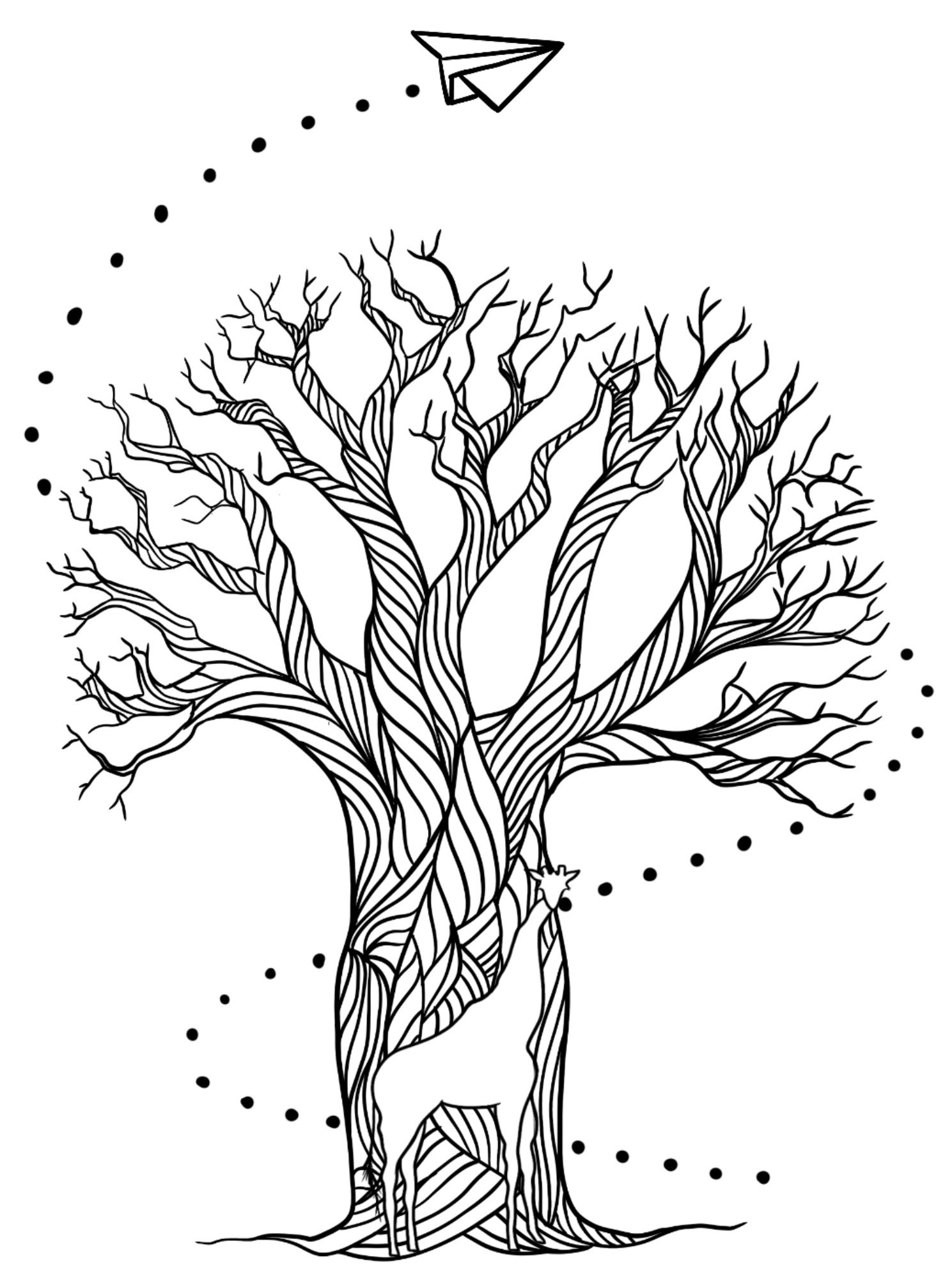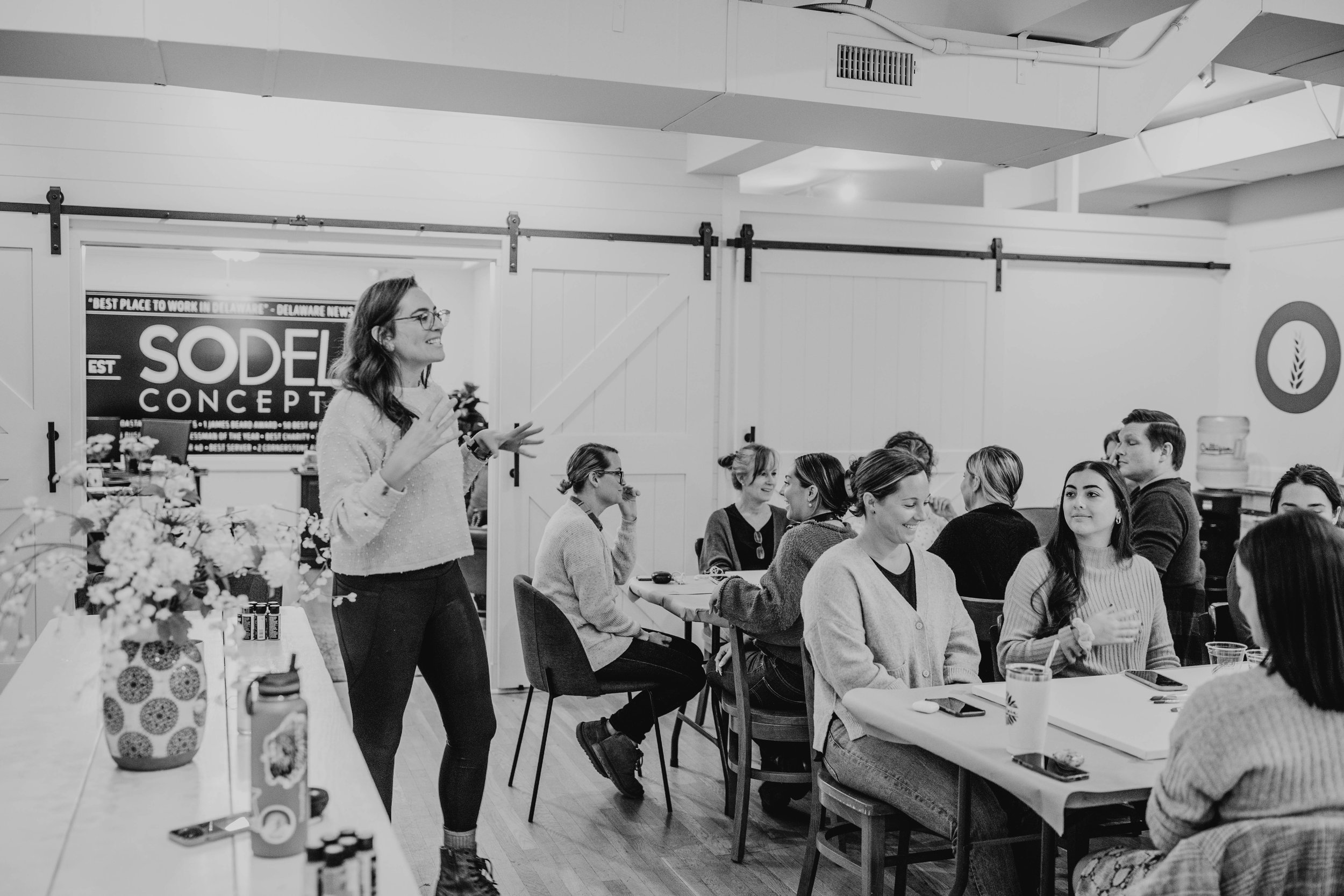
My Journey
Buckle up, this is a wild ride.
I want to tell you my story.
I’ve always created to help people — it started with a camera and a desire to tell stories that matter. I fell in love with photography in high school and chased that passion worldwide, driven by a belief that art can change lives.
That belief led me to found the Developing Artist Collaboration (DAC), a nonprofit I’ve spent the last eight years building. What began as a mission to inspire artists evolved into something much bigger: a movement to redefine how society sees artists — and how artists see themselves. Together with an incredible team, we’ve created a space where creatives can thrive, not just survive — and we’re just getting started.
The road hasn’t always been easy. I grew as a leader while building DAC from the ground up, learning the lessons that come with big visions and bold ideas. Now, in addition to my work with DAC, I’m on a mission to help other people do the same — with clarity, confidence, and a little less chaos.
Where it all began.
Waiting
For my final project in art school, I told the story of my great-grandmother, Treva Yohe, who was in her 13th year of living with dementia. I spent hours with her in the memory care unit, surrounded by others navigating the same quiet, disorienting reality. She didn’t know who I was — her days were lived in a kind of suspended present, where the past flickered in and out and the future no longer existed. It felt like witnessing childhood in reverse. Haunting. Beautiful. Honest.
That body of work earned a place in the 2011 Photo District News Photo Annual, and with that recognition, I made a bold decision: to leave art school early and pursue photography full-time at the age of 20. It was the first step in understanding how art could hold space for humanity — and how I could use it to tell stories that matter.






Telling Stories That Shift Perspective
Drag
After art school, I returned to Rehoboth Beach — the place I grew up — and worked in restaurants while figuring out my next move. At the Blue Moon, an iconic gay bar in town, I was captivated by the Drag Queens who performed there. At the time, many people around me misunderstood drag, seeing it through a lens of outdated stereotypes. But I saw it for what it truly is: a powerful and theatrical art form.
I began documenting the transformation process these artists undergo when stepping into their drag personas. The resulting portrait series was shown in a pop-up exhibition at CAMP Rehoboth. During the show, a young child asked Mona (Gold), “Are you a woman or a man?” Mona smiled and replied, “Honey, have you seen a circus?” The kid nodded. “Well,” Mona said, “I’m the same as a circus clown — just more fabulous.”
That moment stuck with me. It reminded me that telling someone’s story can do more than just document their life — it can shift how others see the world.







A One-Way Ticket with Purpose
After photographing my great-grandmother’s experience with dementia, I began searching for global perspectives on the disease. I noticed a troubling pattern: stories about dementia in developing countries were often paired with photos of Western patients. I wanted to change that.
Through Alzheimer’s Disease International, I found a network of global organizations — and soon after, an opportunity to intern with a community development program in Kenya. In September 2014, I sold everything I owned and boarded a one-way flight to Shimoni.
There, I used my creative skills to support local education and economic initiatives — designing health guides for mothers, marketing tools for women’s groups, and visual resources that made life better. That experience showed me the power of art as a tool for change — and sparked the vision that would become the Developing Artist Collaboration.

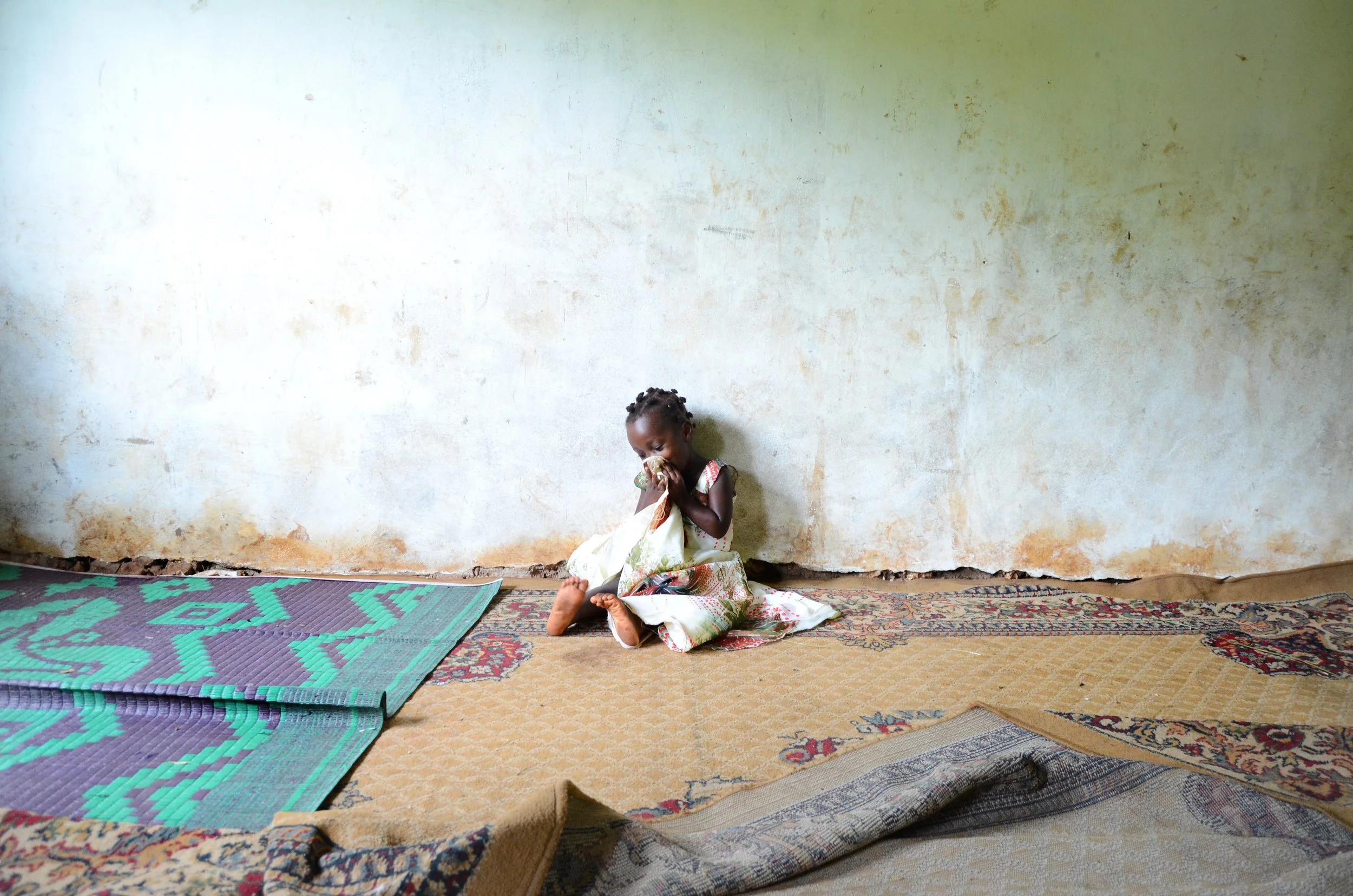
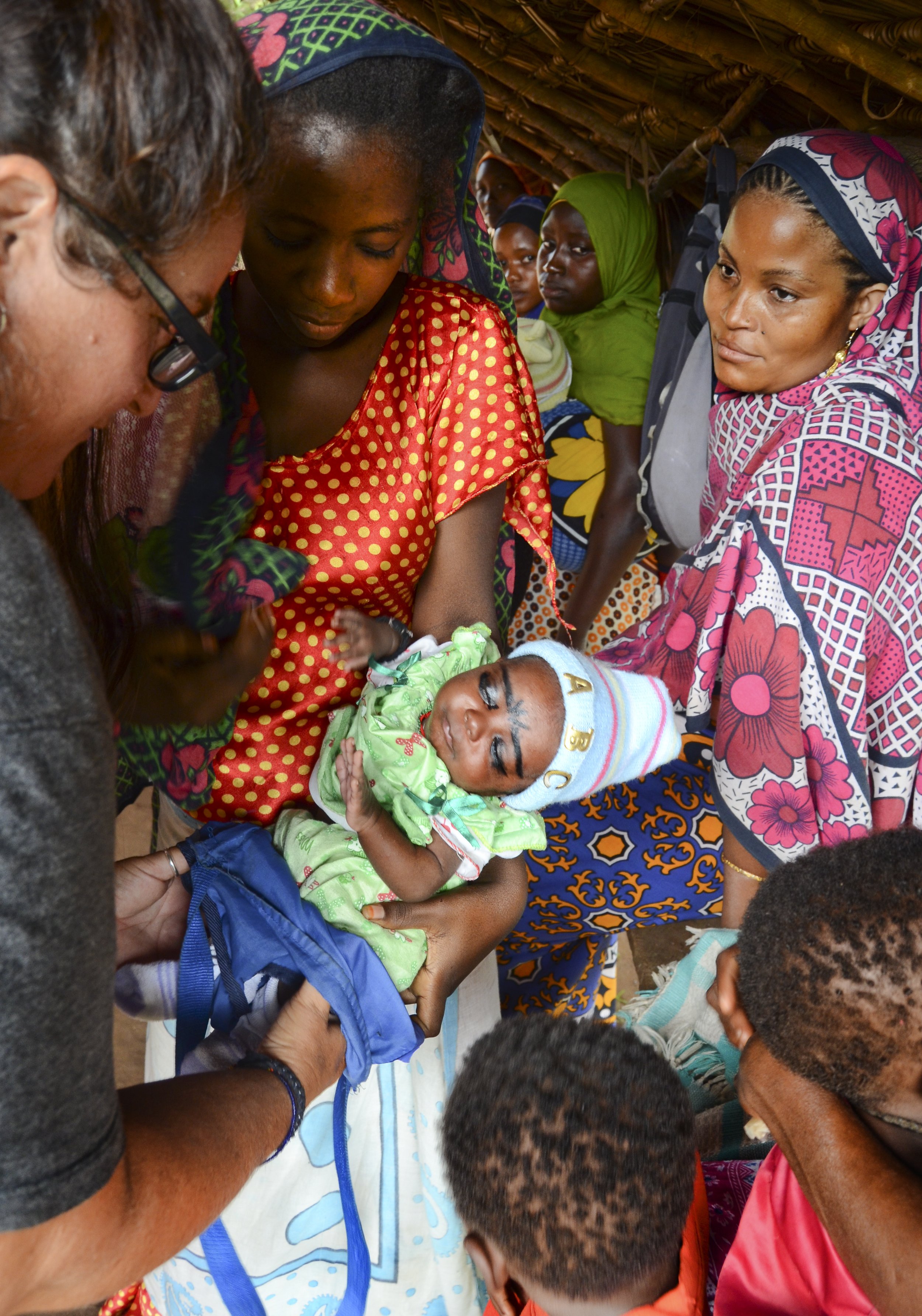
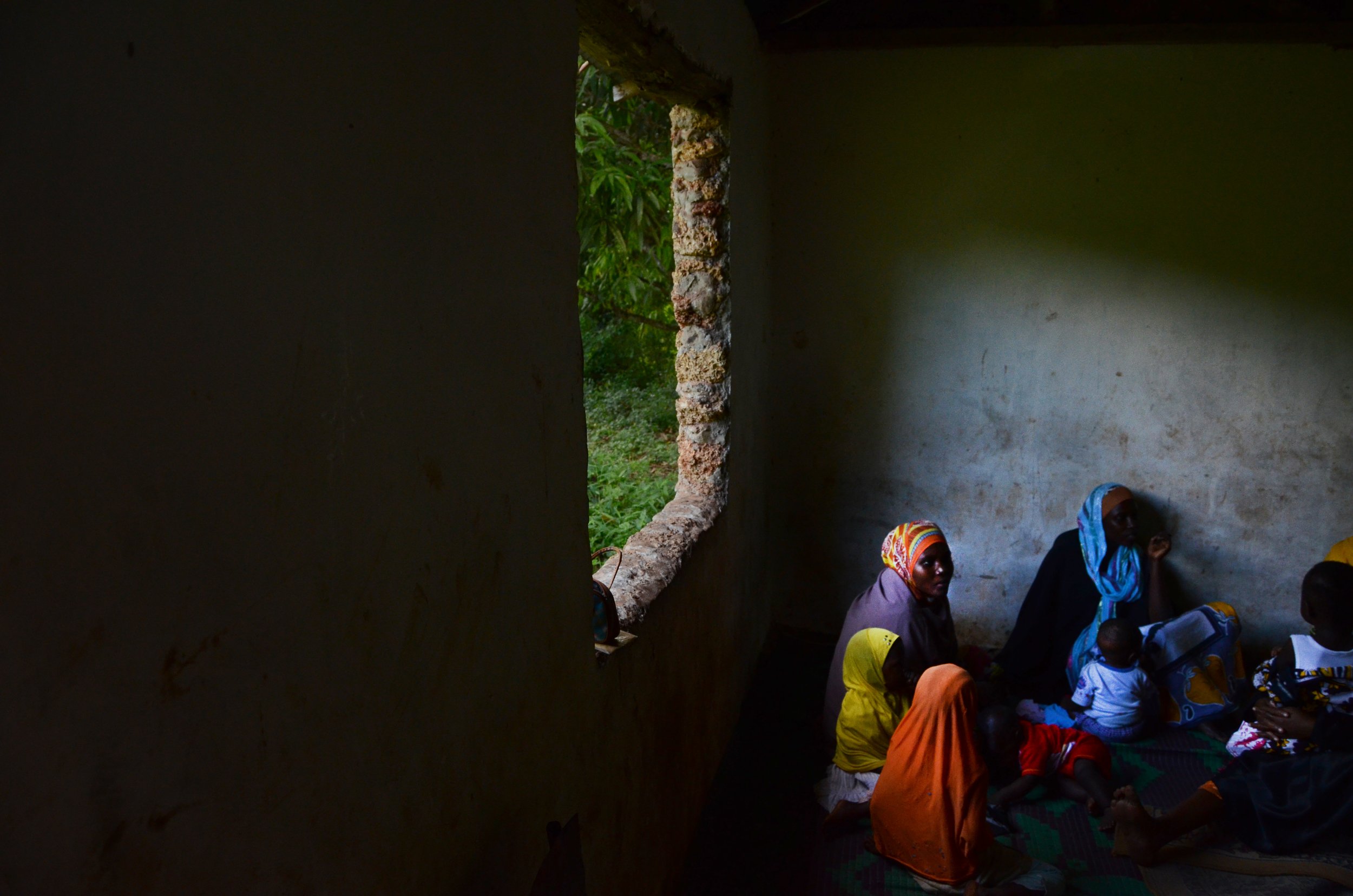



Bridging Worlds Through Photography
While in Kenya, I had the opportunity to work alongside a local clinic and learn how Community Health Workers (CHWs) support rural villages. Most medical care relied on volunteers, with only occasional support from a nurse practitioner or doctor.
Our role was to help educate CHWs on various health conditions — often turning to “Dr. Google” to guide our lessons. I partnered with a nurse from the UK to teach a session on dementia, but many of the symptoms she described didn’t resonate with the CHWs. That changed when I shared photographs I had taken of my great-grandmother, Nana, during her own dementia journey. Suddenly, something clicked.
They immediately recognized those behaviors in members of their own community and began taking me to meet people showing similar signs. I was able to document their lives — giving visibility to stories often left untold, and using photography as a bridge between knowledge and empathy.









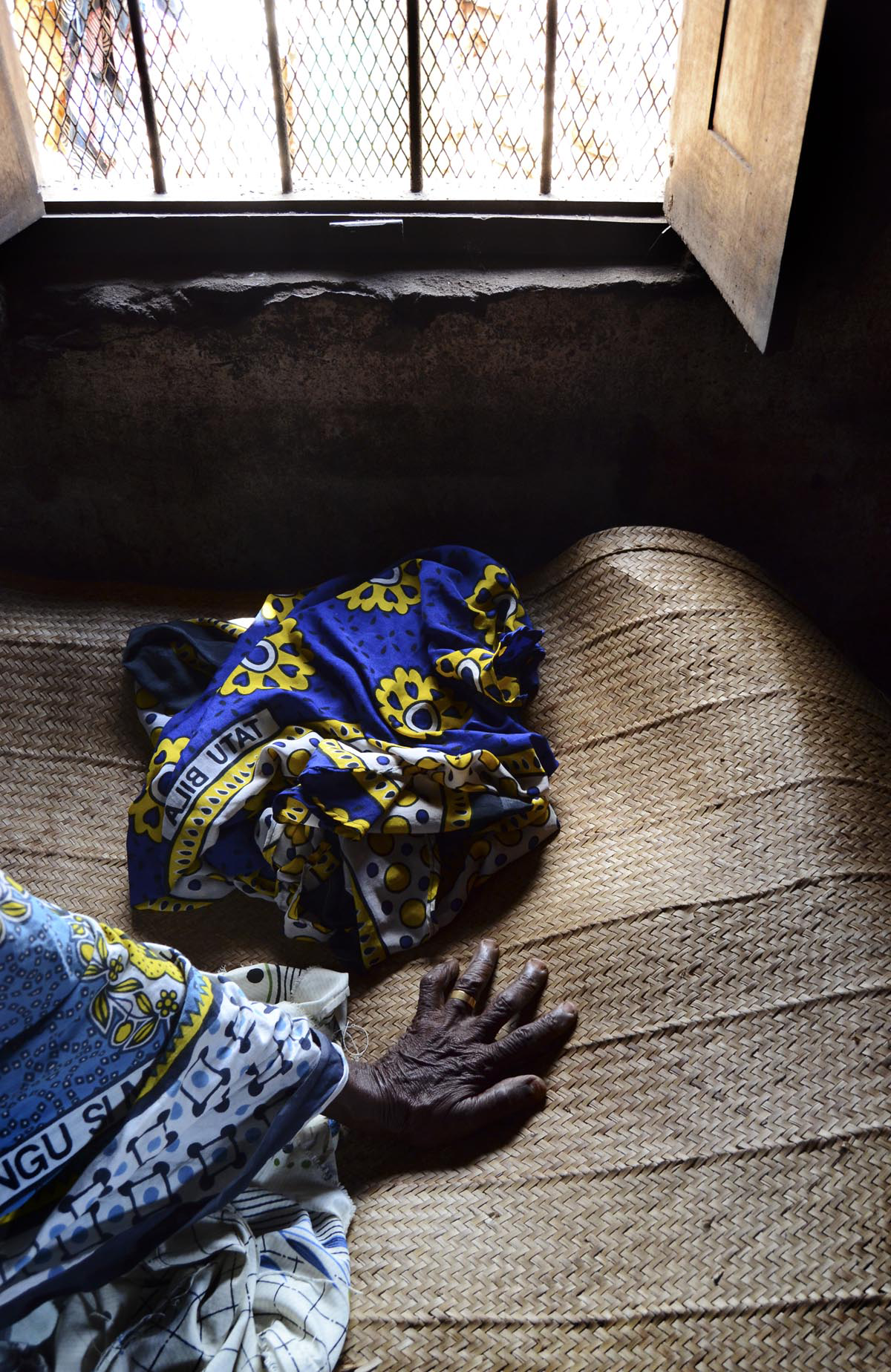
After my internship in Kenya, I reached out to Alzheimer’s South Africa, sharing the images I had captured and my desire to document how people in Africa live with dementia. They welcomed me to their office in Cape Town and later invited me to their site in Bloemfontein — a rural region outside Johannesburg.
When I arrived in Bloemfontein, the project became something deeper. I witnessed the harsh realities faced by elderly people with dementia in rural townships — where stigma and misunderstanding often led to isolation or even abuse. In some communities, symptoms were believed to be signs of witchcraft.
I partnered with a Traditional Healer who shared stories and guided me through these communities. He explained that my photographs could help educate other healers and families — offering a new lens to understand dementia, grounded in both cultural context and compassion.
Deepening the Work in South Africa








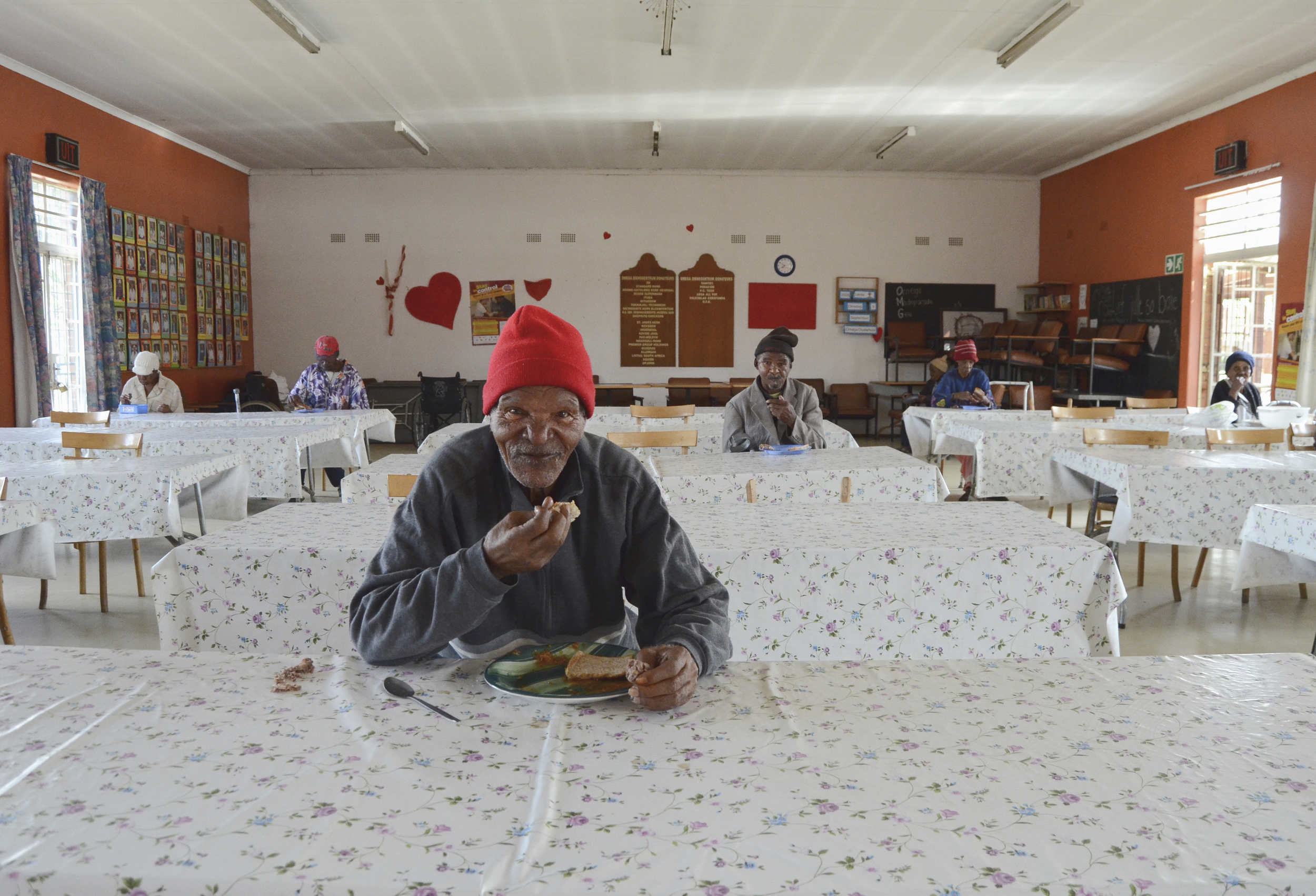




Expanding the Story in Guatemala
After returning to Rehoboth Beach in 2015, I knew my work documenting dementia care wasn’t finished. My research led me to Guatemala — one of the most progressive countries in the world when it comes to dementia support. With the help of a translator, I connected with Grupo Ermita Alzheimer and was warmly welcomed into their community.
In March 2016, I flew to Guatemala City to continue photographing dementia care across different settings. I attended the graduation of a university program dedicated to memory care, visited families with trained, in-home caregivers, and saw firsthand how deeply rooted support systems can be — even in places with limited resources.
In one low-income zoña, I met a woman who had opened a facility for abandoned elderly people living with dementia and mental illness. There were only a few caretakers for over 30 patients, and though some were restrained for safety, they had what they hadn’t had elsewhere: food, warmth, and love. It was a place of heartbreak — and humanity.








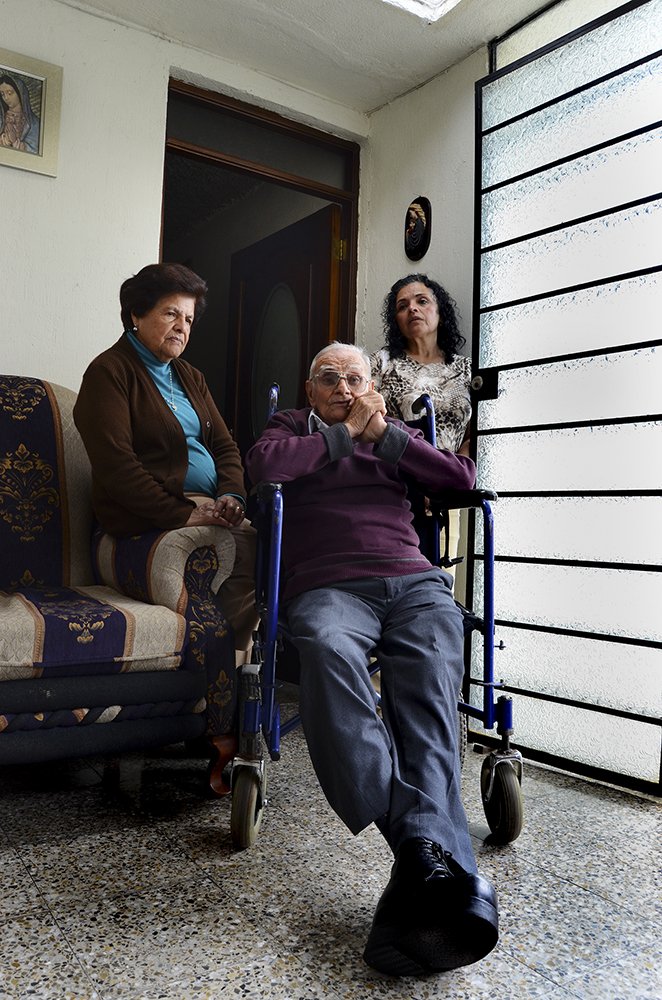




A few months after returning from Guatemala, I shared my photo series from Kenya, South Africa, and Guatemala with Alzheimer’s Disease International — the very organization whose website first sparked this journey. They were deeply moved by the work and wanted to license the images for use across their network of global associations.
But it didn’t stop there. They invited me to London to discuss the project further and officially commissioned me to continue the work. It was a dream come true.
In 2017, I was hired to photograph the ADI International Conference in Japan, followed by a project in India. My images became key visual aids for major international presentations — including when dementia was brought to the stage at the World Health Organization Summit in Geneva in 2016.
My Big Break
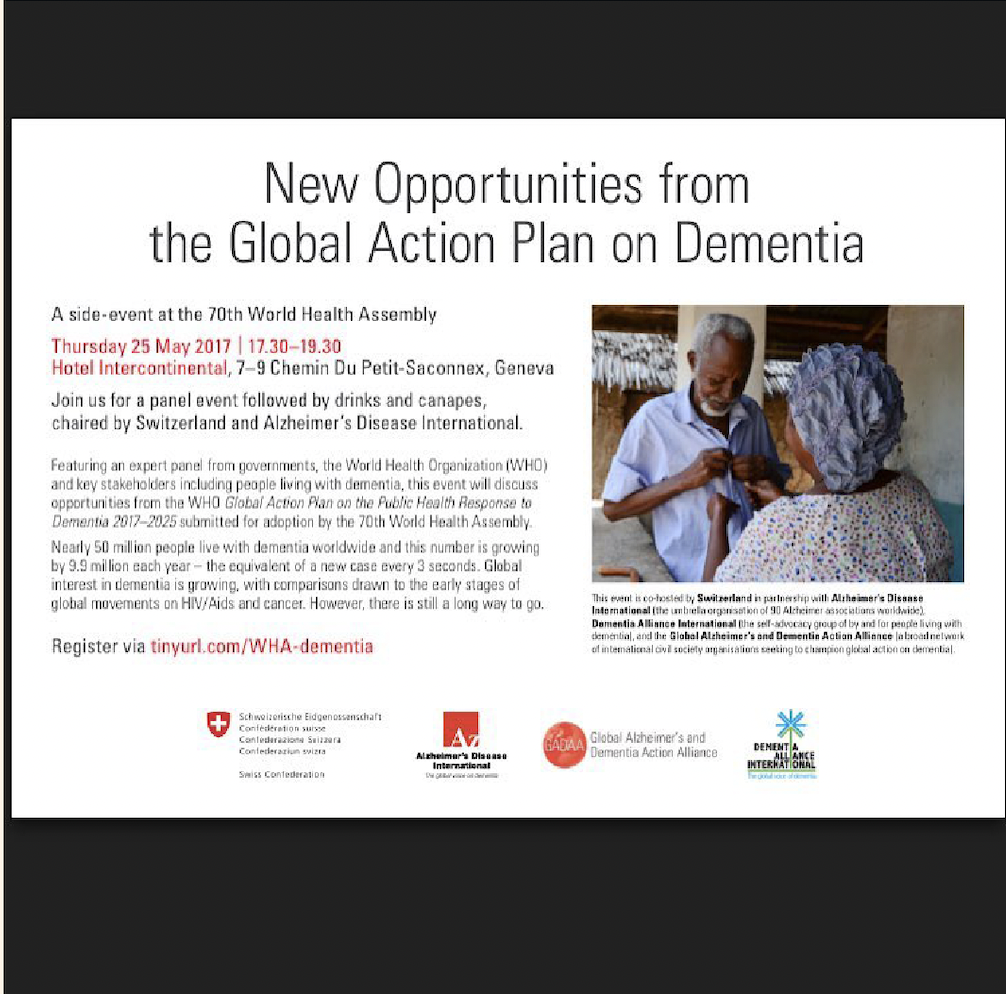




From Side Hustle to Something Bigger
Back home, I started picking up small mural and chalk art gigs at local businesses — enough to make a little money, but I struggled to truly value my work or see myself as a “real” artist. I realized I wasn’t alone. So many artists in our community were incredibly talented but unsure how to turn their creativity into a sustainable livelihood.
We began as a small group doing pop-up shows and community art projects — and in 2017, I turned that momentum into something official: the Developing Artist Collaboration (DAC).
With zero formal training in business or nonprofits, I dove in headfirst. That inexperience led to a lot of creative innovation — we transformed empty warehouses, hosted massive events, launched programs, and built a team. But without a solid organizational foundation, it quickly became clear that passion alone wasn’t enough.
Most organizations fail in their first five years. DAC could have been one of them. But I was determined to learn what I didn’t know — and to keep this thing alive, not just for me, but for the artists counting on it.

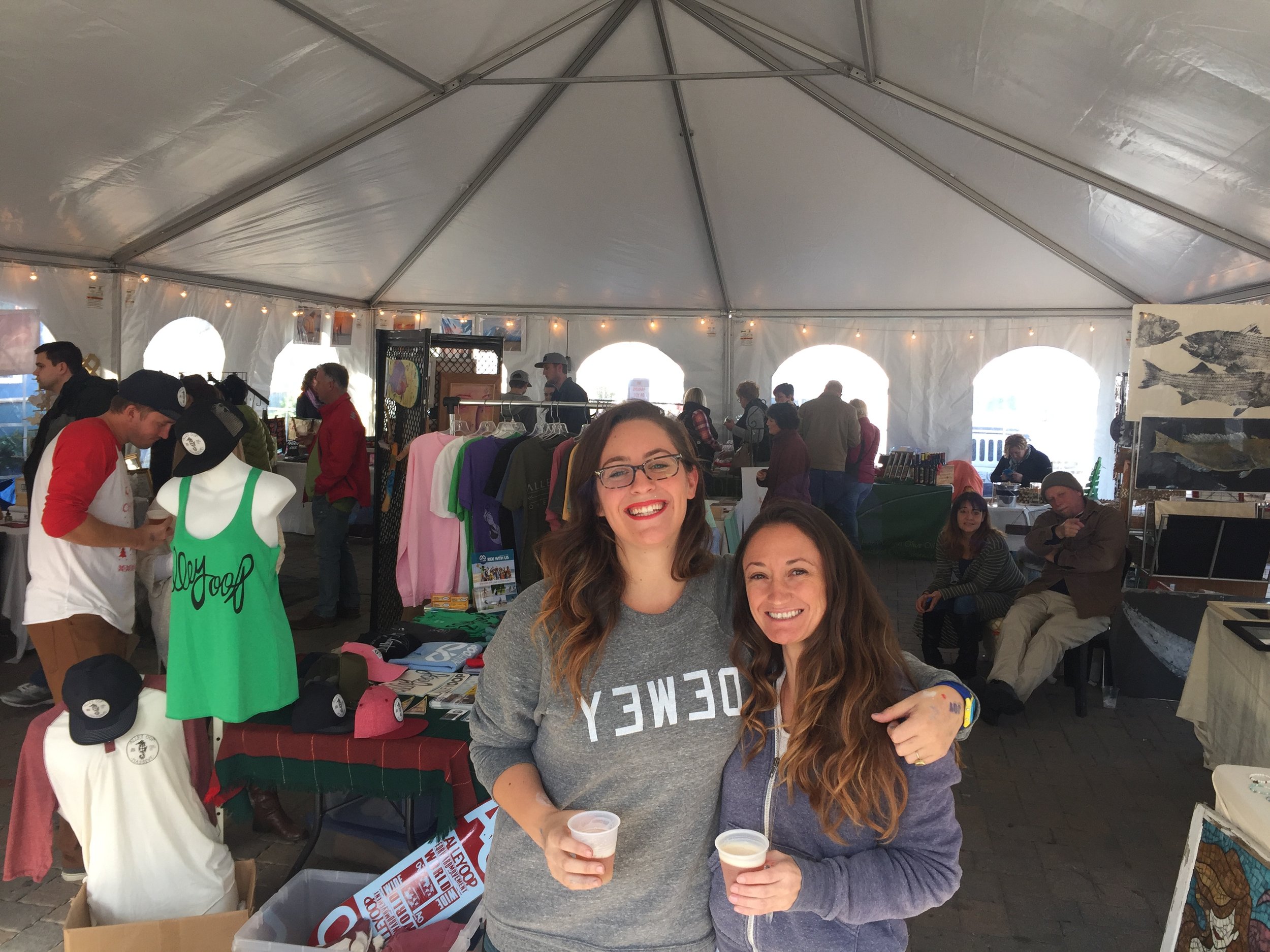

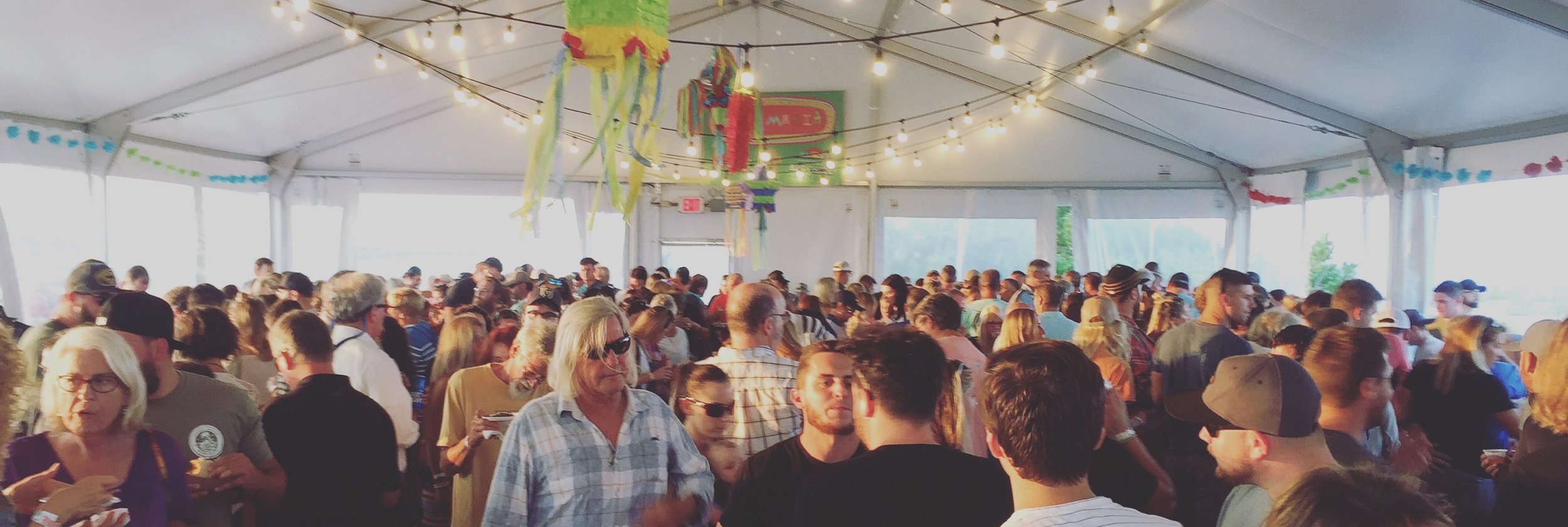


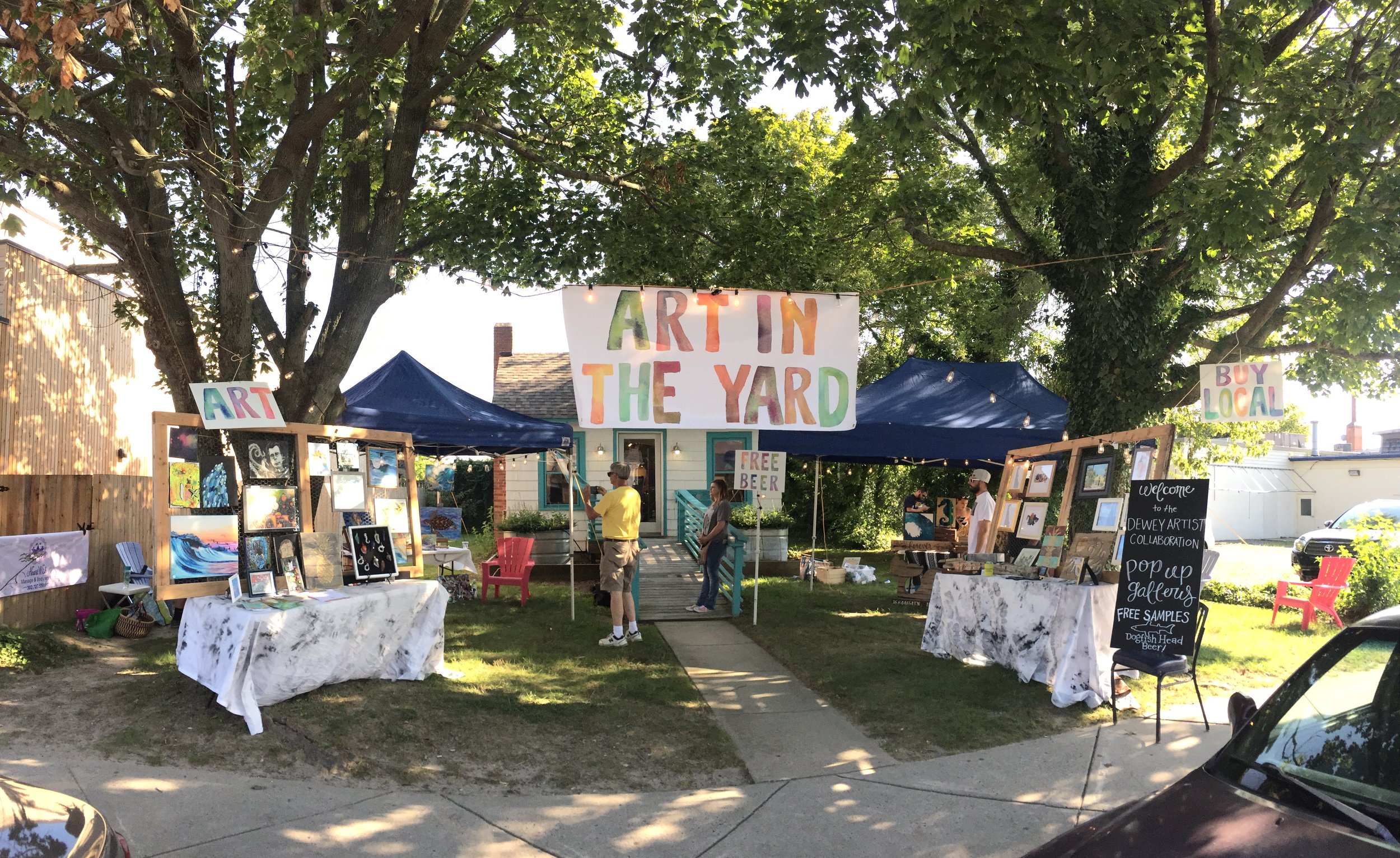
Closing the Chapter on Global Dementia
In July 2018, I was commissioned by UK-based dementia organizations to continue my work in India. I spent six whirlwind days in Mumbai, partnering with ARDSI — a remarkable dementia advocacy organization — to photograph patients in both the city and surrounding rural areas.
I had the rare privilege of documenting life inside dementia care facilities and private homes across cultures, but one experience shifted everything for me. On my final day, I visited a slum to photograph a patient being cared for by their family. The discomfort in the room was palpable. I could feel that my presence wasn’t right — that capturing the moment served the project more than the people.
That moment forced me to confront the pressure that came with being commissioned — the expectation to produce images, even when it didn’t feel ethical. After returning from India, I made the difficult but clear decision to close this chapter of my global dementia work. It was time to listen more deeply to my instincts — and to create from a place of integrity.

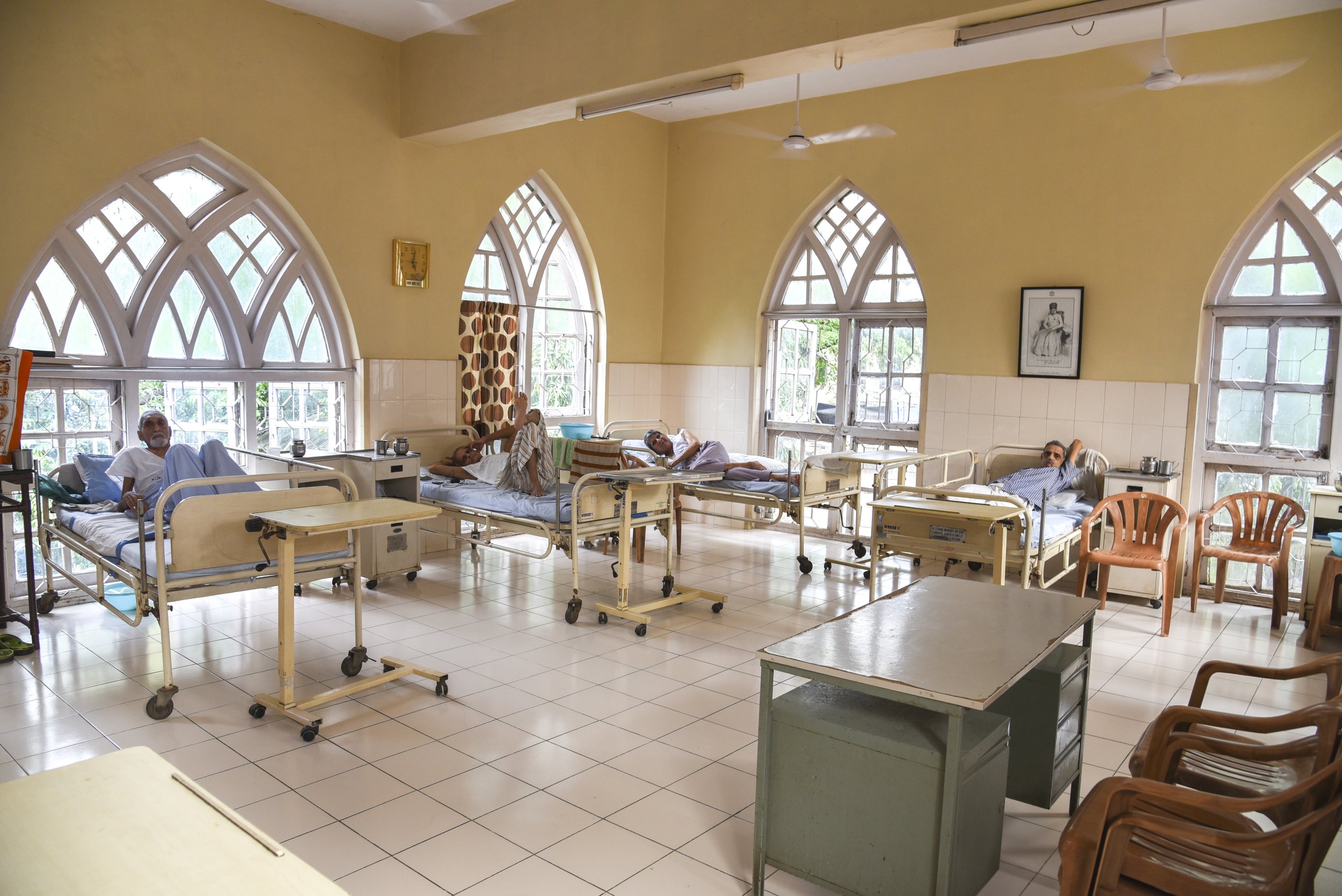






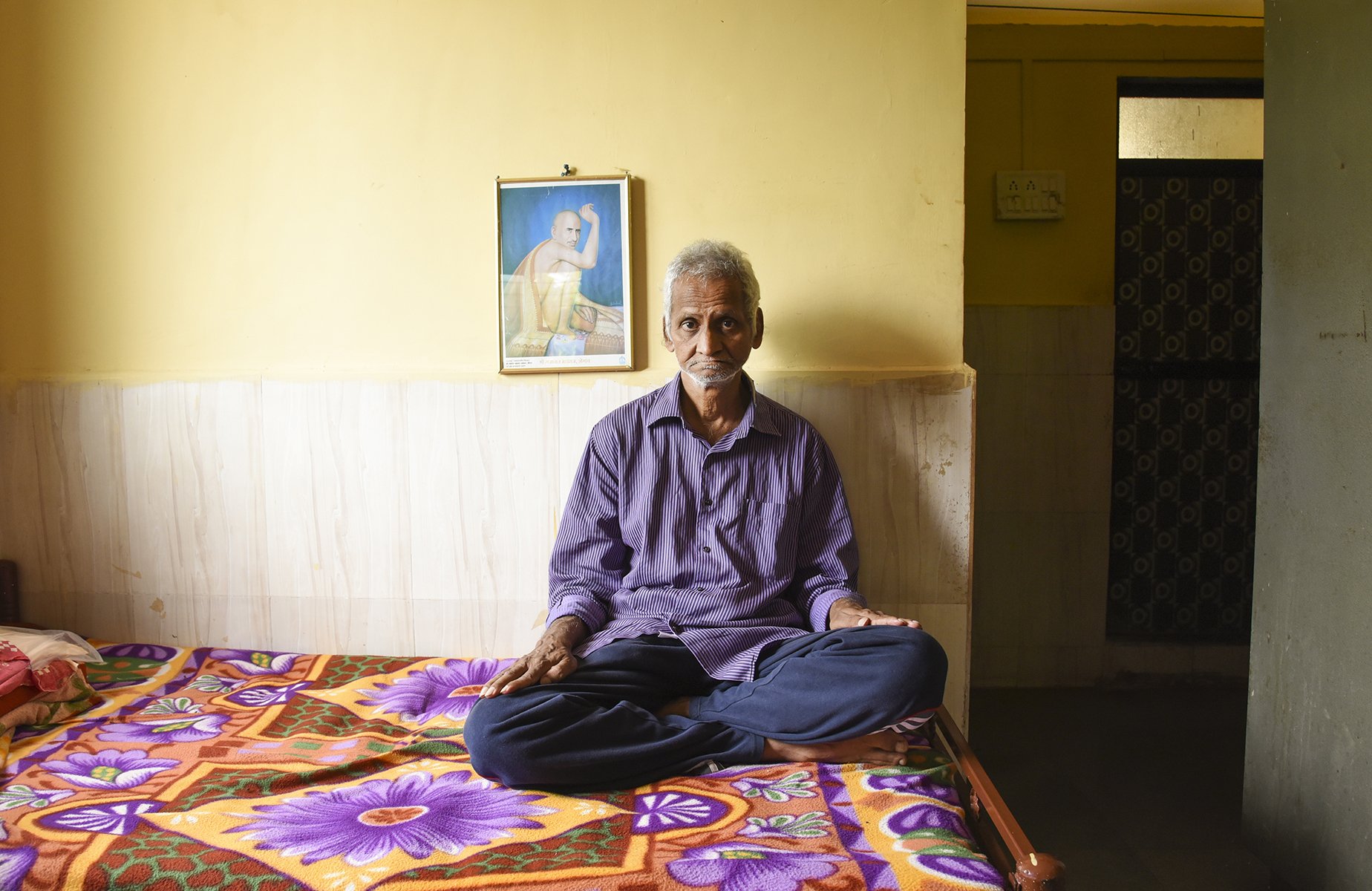

For years, while building DAC and traveling to photograph dementia care, I was also creating murals for local businesses at the Delaware beaches and exploring fun, expressive art collections as I searched for my signature style.
After returning from India, I put down my camera and picked up a paintbrush with purpose. I’d spent years doing small chalkboards and unpaid creative projects — often compensated in “exposure” or trades. This time, I committed to building a real art business that could support me while I grew DAC.
There weren’t many resources out there on how to make a living as a working artist, so I figured it out on my own — and before long, I became one of the go-to mural artists in town.
What I didn’t realize at the time was that this journey was teaching me exactly what DAC needed to become: a place where artists could stop surviving and start building thriving creative careers.
Picking Up the Paintbrush







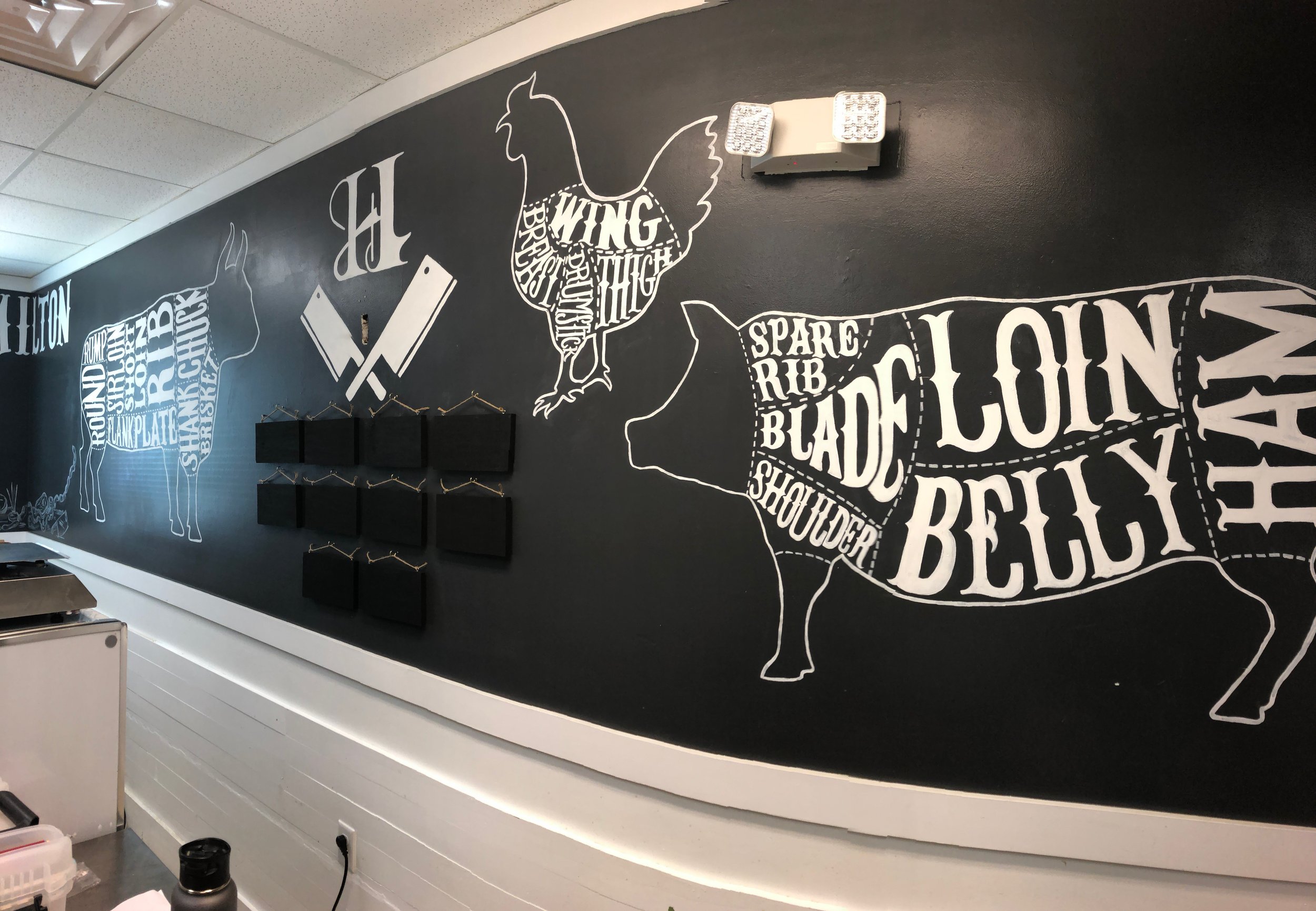
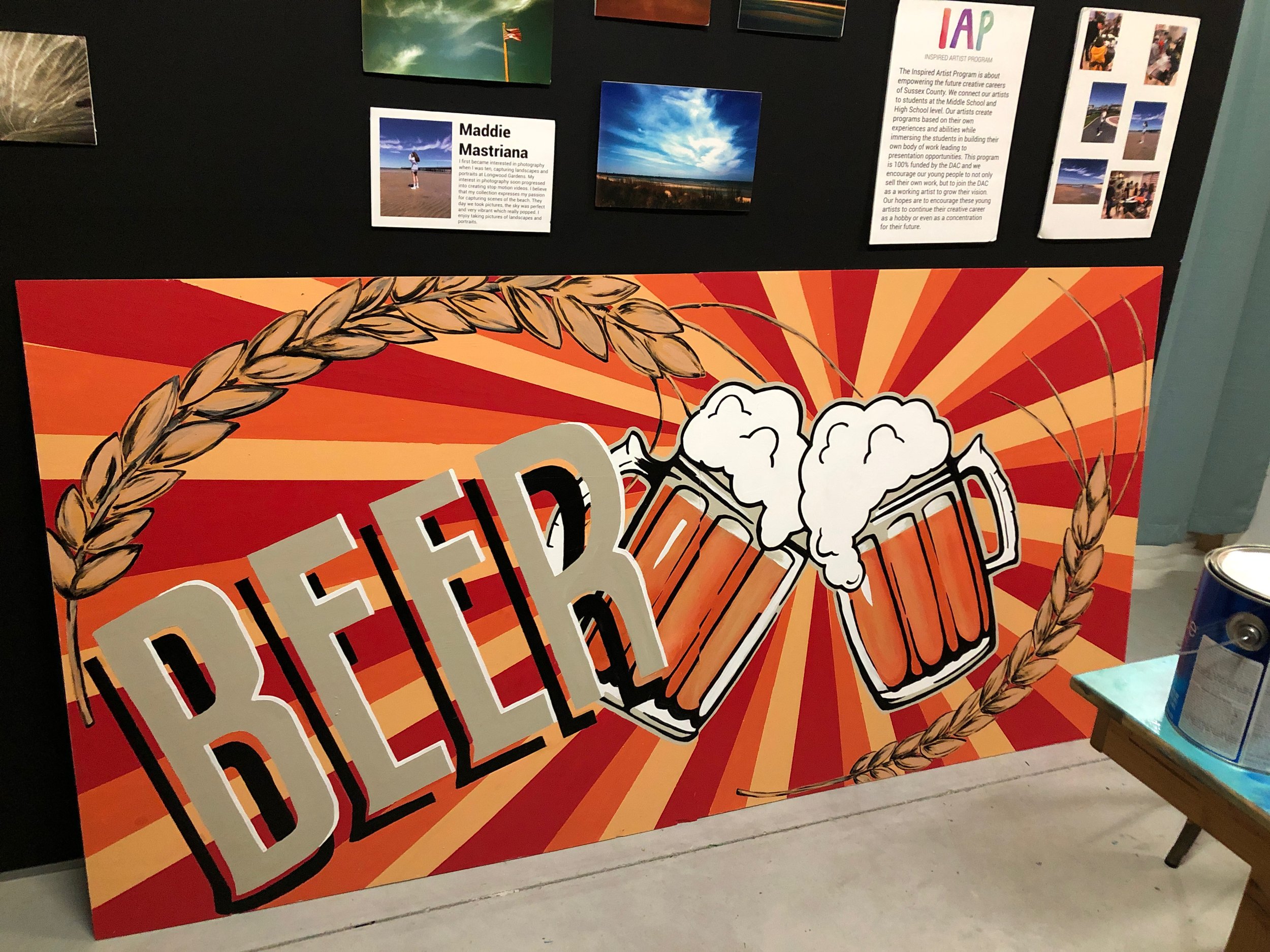
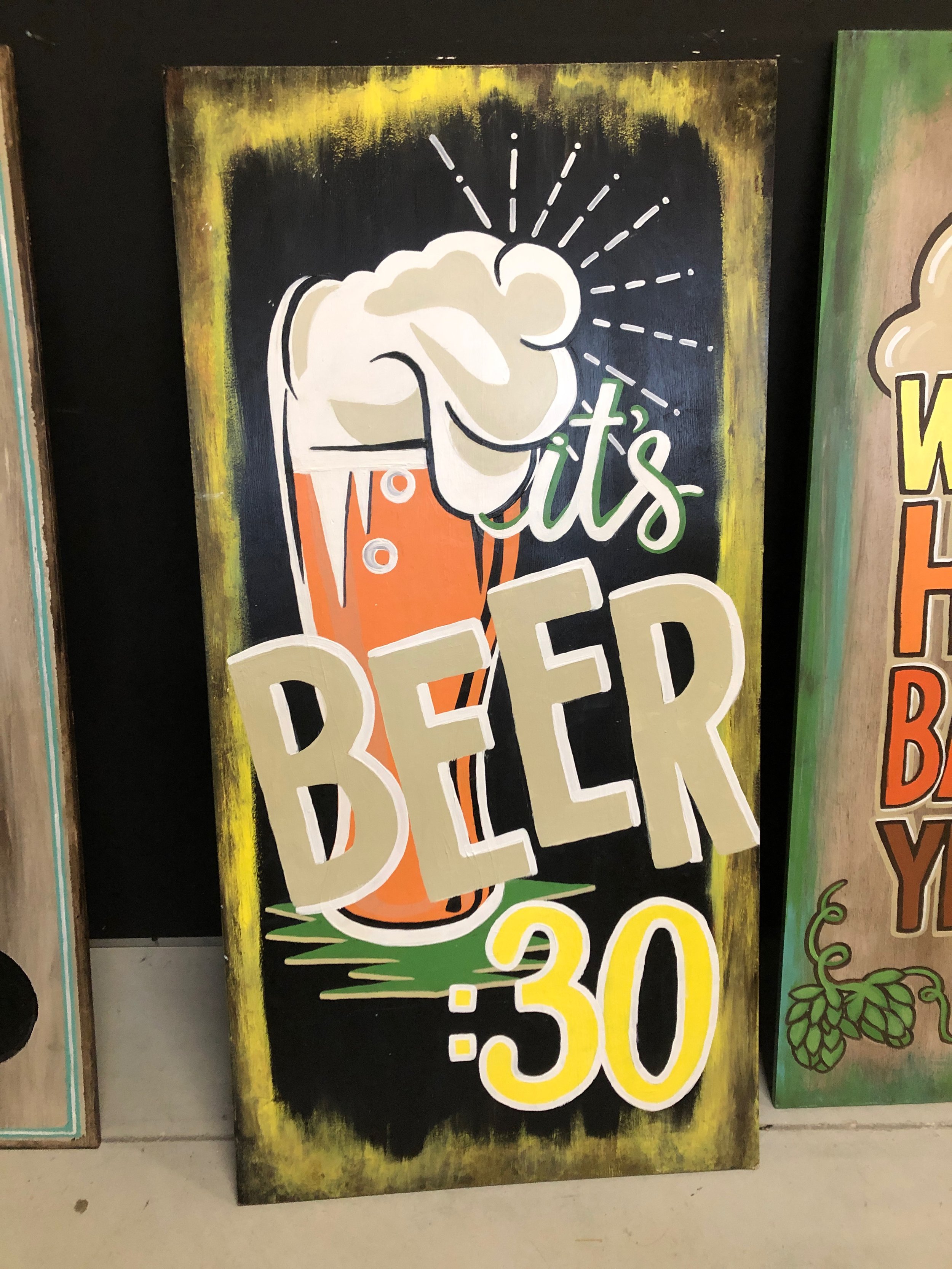









Connecting with My Purpose Again
In January 2019, after a yearlong break from photography, I felt the pull to pick up my camera again. I’d always been drawn to Haiti, and through some searching, I found the Community Health Initiative (CHI) — an organization that trains Haitian Community Health Workers (CHWs) by placing doctors and nurses in remote areas.
I reached out and asked if I could join them to document their work. They welcomed me in, and soon I was on a plane to Arcahaie, Haiti. I fell in love with the project — photographing inside hospitals (even surgeries) and hiking to remote villages to capture CHWs in action.
This experience reawakened something in me. After the ethical weight I carried from India, Haiti reminded me why I started taking photos in the first place: to tell stories that matter, with honesty and heart.












The Pandemic Story
Before the pandemic, DAC was finding its rhythm — hosting pop-up gallery events, renting out artist studios in two warehouses, and launching our Dirty Hands DIY space in 2019 as a creative revenue stream.
Then March 2020 hit. Like so many others, everything came to a halt — and we barely had enough operational funds to make it through the month. I did what I knew how to do: I used my mural business to keep DAC alive.
We pivoted fast. Overnight, we turned our in-person DIY projects into take-home kits, and I built an e-commerce platform that took off. With that momentum, I created a program to help artists build websites and sell their work online — filling a huge gap in access and visibility.
From there, things snowballed. I transformed an old adult day care into artist studios, reimagined empty parking lots into bustling public art markets, launched a national e-commerce art kit business, and built a transformational artist development program. In just two years, DAC grew from a small grassroots nonprofit (under $100,000 in 2019) to a mid-sized organization generating over $300,000 annually by the end of 2021.
That spirit of innovation and grit earned us our first major grant from the Longwood Foundation — a milestone that validated everything we’d built with sheer creativity and hustle.
But growth came with growing pains. I was still painting murals to pay myself, learning how to manage cash flow on the fly, and often going unpaid. Still, our team held strong. Our artist members stayed with us. And we leaned into a startup mindset that carried us forward — not just surviving, but evolving.
The Medium Was Never the Point
In 2021, I was approached by the Art Therapy Director of a military hospital in Bethesda, MD, about a complex mural project. They needed a safari-themed installation for a pediatric unit that served patients from newborn to 22 years old — but it couldn’t be painted directly on the walls.
Over two years, I designed a custom sunset-to-sunrise mural on my iPad, then hand-painted 32 animals in my studio. Each piece was scanned, scaled, and turned into life-sized decals. The final installation stretched across the unit, grounded by a hand-painted horizon line that tied it all together.
It was the most intricate project I had ever taken on — and I pulled it off because of the very thing I had been building through DAC’s Artist Development Program: a sustainable art business. What I had been teaching others, I had now proven to myself.
For a long time, I thought photography was the tool I was meant to use to uplift people. But I’ve come to realize it was never about the medium — it was about me. I was put here to create things that change lives. That’s the thread that runs through everything I do.
The Hard Part Begins
By 2022, everything looked like success from the outside. DAC had just received a major grant and a wave of pandemic relief funding. I had completed the most ambitious mural of my career. I helped lead an initiative to uncover the rich Black history of my beloved West Rehoboth community. I envisioned — and opened — an outdoor public art market that came to life on Memorial Day. DAC had four physical spaces and a life-changing Artist Development program.
It was a lot of incredible ideas all at once. And it was too much.
The growth came faster than I could manage. My lack of business experience — and my unhealed trauma — began to show up in ways I couldn’t ignore. I started making decisions from a place of urgency instead of clarity. By the end of 2022, everything I had built felt like it was slipping through my fingers.
At the start of 2023, I was presented with a choice: dissolve DAC, walk away from the weight of it, and let it end. The foundation hadn’t caught up with the vision — and it almost broke everything.
In 2023, I learned one of the hardest truths: you can have the purest intentions, the biggest heart, and the boldest ideas — and still face failure. But that doesn’t mean it’s the end.
Starting Over
I chose the harder path: not to dissolve DAC, but to change myself.
To save the organization, I had to face the truth — that I had wrapped my identity into its survival. Letting go of control, asking for help, and learning to lead differently was deeply painful. But DAC is still here because I was willing to do the work. Because I showed up, again and again. And because I surrounded myself with the right people during the most brutally transformative year of my life.
There were moments I thought it would all fall apart — that nothing would ever change. I struggled with financial insecurity, overwhelming self-doubt, and the belief that everyone around me had lost faith in me. So, I gave myself a goal so big it scared me: I would summit Mt. Kilimanjaro on New Year’s Day.
I needed something to pull me out of the lowest place I’d ever been — and that goal became a light in the dark. Climbing that mountain, along with doing the deep internal work, changed me. Not overnight. Not easily. But fully.
I’m not the same person I was at the start of 2023. I’ve learned to trust myself again. To let go of control. To find peace in uncertainty. And to believe — truly believe — that sometimes, the hardest things crack us open just enough to rebuild into someone stronger.
So… How Did It All Turn Out?
I ended 2023 with a long walk up a very big mountain — and a return to the village in Kenya where it all began. I needed to get as far away as possible to rethink my life and my purpose. At the top of Kilimanjaro, I made a decision: I was ready to leave DAC behind and start building something new.
For a while, I surrounded myself with people who reinforced that choice — who told me it was time to let go. But something shifted. When I replaced those voices with ones that saw how much I had grown — people who believed in the version of me I had become — everything started falling into place. Life got… lighter.
In June 2024, I returned to the helm of DAC with a clear head and a clear heart. I realized I did have everything it takes to lead — I just needed the right support system.
Today, I proudly and passionately lead DAC alongside a collaborative leadership team that shares the vision. Yes, I still make mistakes — but I no longer let them sink the ship. I know how to ask for help, I honor my boundaries around work, and I stay relentlessly committed to growing, healing, and finding peace in the unknown.
I also launched Purpose in Progress — a workshop designed for people who, like me, are navigating their next chapter. My hope is to help others move forward with clarity, purpose, and maybe a little less struggle than I had to go through.
The truth is, I’m still a work in progress. But now, I see that as a strength — not something to fix, but something to honor.
Love my story? Let’s work together.
Let’s Create Something
Whether you’re dreaming up a bold mural, a personal commission, or a creative concept that needs a big visual impact — I’m here for it. I take on a limited number of special projects each year, and I love collaborating with people who value meaningful, purpose-driven art.
Let’s Inspire Your People
Purpose in Progress is a workshop rooted in real-life transformation, built for visionaries, creatives, and founders ready to stop getting in their own way. I’ll bring the stories, mindset tools, and hard-earned lessons — you bring the people.
Learn About DAC
At the Developing Artist Collaboration, we’re proving that artists can thrive — not just survive. From our Artist Development program to public art markets and community impact, DAC is rewriting the narrative for creatives and the places they live.
